📞+86 153 7530 2641 📧 hongjing.Wang@feichuncables.com
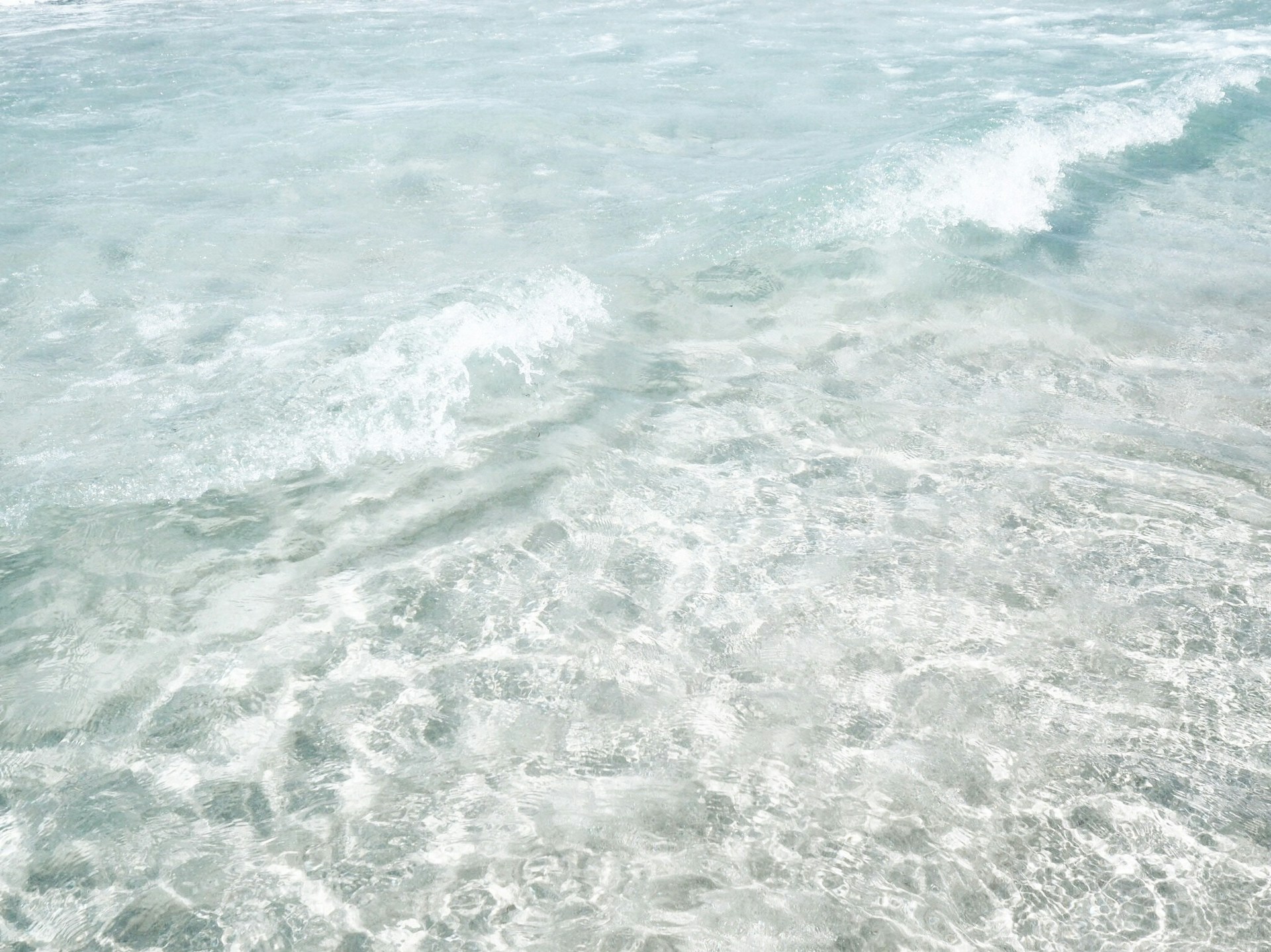
Type (N)TSCGEWOEU Tenax-TTS-LWL Fibre Optic Reeling Cable with Anti-Torsion Braid for Australian Port Cranes
Explore the Type (N)TSCGEWOEU Tenax-TTS-LWL flexible reeling cable with integrated fibre-optic cores and an anti-torsion polyester braid. Designed for high-speed port crane cable reels and heavy-duty mobile equipment in Australian marine terminals.
hongjing.Wang@Feichun
7/24/20259 min read
Introduction to Type (N)TSCGEWOEU Tenax-TTS-LWL Cable
Australia's bustling port infrastructure demands robust, reliable cable solutions that can withstand the harsh marine environment whilst delivering exceptional performance in automated crane systems. The Type (N)TSCGEWOEU Tenax-TTS-LWL cable represents a cutting-edge solution specifically engineered for port crane applications, combining the durability of traditional heavy-duty reel cables with advanced fibre optic data transmission capabilities.
This innovative fiber optic reeling cable integrates multiple conductors for power transmission alongside dedicated fibre-optic cores, creating a comprehensive solution for modern port terminal automation systems. Unlike conventional crane cables that require separate data transmission lines, the Tenax-TTS-LWL design consolidates power and communication functions into a single, highly flexible unit suitable for demanding reeling applications.
The relevance of this cable technology to Australian port environments cannot be overstated. With major terminals in Melbourne, Sydney, Brisbane, and Fremantle increasingly adopting automated crane systems, the need for reliable data transmission alongside power delivery has become critical. The anti-torsion reeling cable design specifically addresses the unique challenges posed by Australia's coastal conditions, including intense UV exposure, salt spray, and temperature fluctuations that can compromise standard cable performance.
Port operators across Australia are recognising that flexible reeling cables with integrated fibre optics provide significant operational advantages, particularly in container handling operations where real-time data exchange between crane control systems and terminal management software is essential for optimising throughput and maintaining safety standards.


The Type (N)TSCGEWOEU cable incorporates several distinctive features that set it apart from conventional port crane cables. The integrated fibre optic cores serve as the backbone for high-speed data transmission, enabling real-time communication between crane control systems, load sensors, positioning equipment, and central terminal management systems. This capability is particularly valuable in Australian ports where automated stacking cranes and ship-to-shore (STS) cranes require continuous data exchange to maintain operational efficiency.
The anti-torsion braid of polyester represents a significant engineering advancement in crane cable design. This specialised reinforcement layer prevents cable twist during reeling operations, which is crucial for maintaining the integrity of delicate fibre optic cores. The polyester construction offers superior resistance to UV degradation, making it ideally suited to Australia's intense solar conditions where cables are often exposed to direct sunlight for extended periods.
High flexibility remains a paramount consideration in reeling cable applications, and the Tenax-TTS-LWL design delivers exceptional mechanical endurance through its carefully engineered construction. The cable maintains its flexibility across a wide temperature range, ensuring consistent performance whether operating in the tropical conditions of Darwin's port facilities or the cooler maritime climate of Hobart.
The versatility of this heavy duty reel cable extends to both vertical and horizontal reeling systems, making it suitable for various crane configurations commonly found in Australian ports. Whether deployed on rubber-tyred gantry (RTG) cranes, rail-mounted gantry (RMG) systems, or massive ship-to-shore cranes, the cable's design accommodates diverse mechanical requirements whilst maintaining signal integrity.
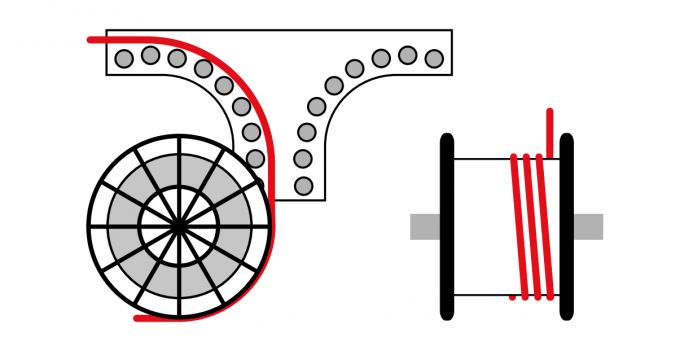

Key Features
Material & Construction
The sophisticated construction of the Type (N)TSCGEWOEU cable begins with high-quality conductors designed for reliable power transmission in demanding port environments. The conductor cores utilise fine-strand copper construction to maximise flexibility whilst maintaining excellent electrical conductivity, essential for powering crane motors and control systems efficiently.
Insulation materials play a critical role in cable performance, and the Tenax-TTS-LWL design incorporates advanced EPR (Ethylene Propylene Rubber) or PUR (Polyurethane) compounds depending on specific application requirements. EPR insulated crane cable variants offer superior temperature resistance and electrical properties, whilst PUR options provide enhanced mechanical durability and chemical resistance—particularly valuable in marine environments where cables may encounter hydraulic fluids, lubricants, and cleaning chemicals.
The layered structure design represents a carefully balanced approach to anti-twist performance. Inner layers house the power conductors and fibre optic elements, whilst intermediate layers provide mechanical protection and strain relief. The anti-torsion polyester braid forms a crucial intermediate layer that prevents cable rotation during reeling operations, protecting the delicate fibre optic cores from mechanical stress that could degrade signal transmission quality.
The outer sheath utilises UV-resistant, oil-resistant, and weather-resistant rubber compounds specifically formulated for marine applications. This ruggedized cable construction ensures long-term performance in harsh environments typical of Australian port operations, where cables face constant exposure to salt spray, UV radiation, temperature cycling, and mechanical stress from continuous reeling operations.
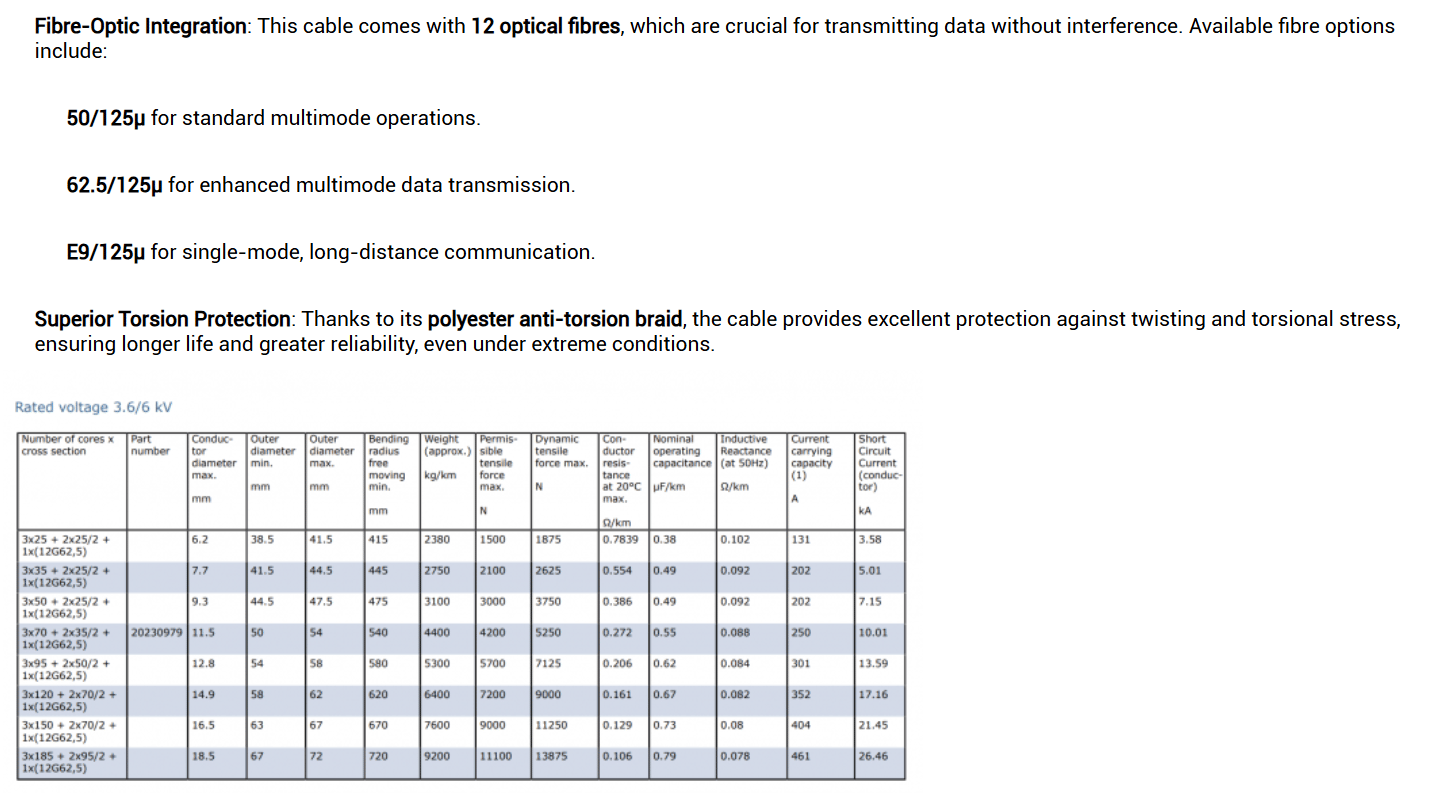

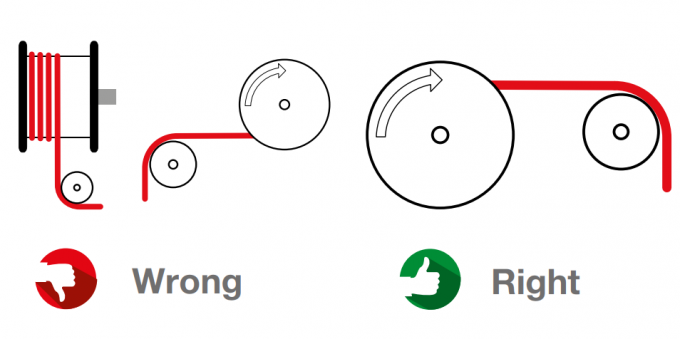

Performance Advantages in Port Crane Systems
The Type (N)TSCGEWOEU cable delivers exceptional performance advantages specifically tailored to port crane systems operating in Australian marine terminals. The design proves ideal for high-speed monospiral and random winding reels, accommodating the rapid extension and retraction cycles required in modern container handling operations. This capability directly translates to improved crane productivity, as operators can achieve faster cycle times without compromising cable reliability.
Signal integrity maintenance under torsional stress represents a critical performance parameter that distinguishes this cable from conventional alternatives. The anti-torsion braid ensures that fibre optic cores remain properly aligned and protected even during aggressive reeling operations, preventing the signal degradation that can plague standard cables in demanding applications. This reliability is particularly important for data transmission cable applications where real-time communication with automated crane control systems cannot tolerate interruptions.
Extended service life under harsh port operation cycles provides significant economic benefits for terminal operators. The cable's robust construction and materials selection enable it to withstand the punishing daily cycles of extension, retraction, and environmental exposure that characterise port crane operations. Australian ports, with their emphasis on operational efficiency and cost management, particularly value this longevity advantage that reduces replacement frequency and associated downtime costs.
The high-speed reeling drum cable capabilities ensure compatibility with modern crane designs that demand rapid response times. Whether supporting the precise positioning requirements of automated stacking cranes or the high-throughput demands of ship-to-shore operations, the cable maintains consistent performance across varying operational speeds and loading conditions.
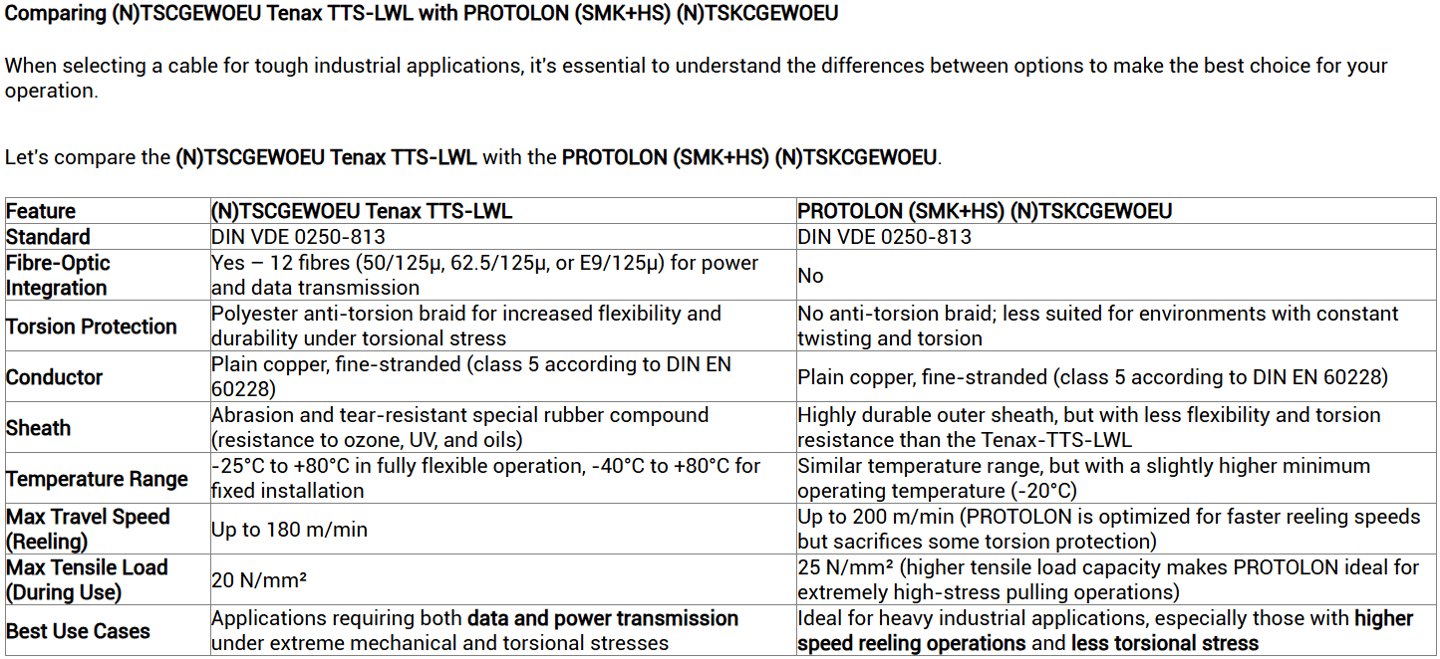

Compliance & Certifications
Compliance with recognised international standards ensures the Type (N)TSCGEWOEU cable meets the stringent safety and performance requirements of Australian port operations. The cable conforms to VDE 0250 Part 814 specifications, providing assurance of quality and performance that meets European standards widely recognised in the maritime industry.
Alignment with AS/NZS standards ensures compatibility with Australian and New Zealand electrical installation requirements, facilitating seamless integration into local port infrastructure projects. This compliance aspect is particularly important for port authorities and contractors who must ensure all electrical installations meet local regulatory requirements whilst maintaining insurance coverage and operational approvals.
RoHS compliance demonstrates the manufacturer's commitment to environmental responsibility, ensuring the cable contains no prohibited substances that could create disposal or environmental concerns. This certification aligns with the sustainability initiatives increasingly important to Australian port operators seeking to minimise their environmental footprint whilst maintaining operational excellence.
CE marking, where applicable, provides additional assurance of product quality and safety compliance, particularly relevant for ports handling international shipping where equipment may need to meet various international standards and certifications.
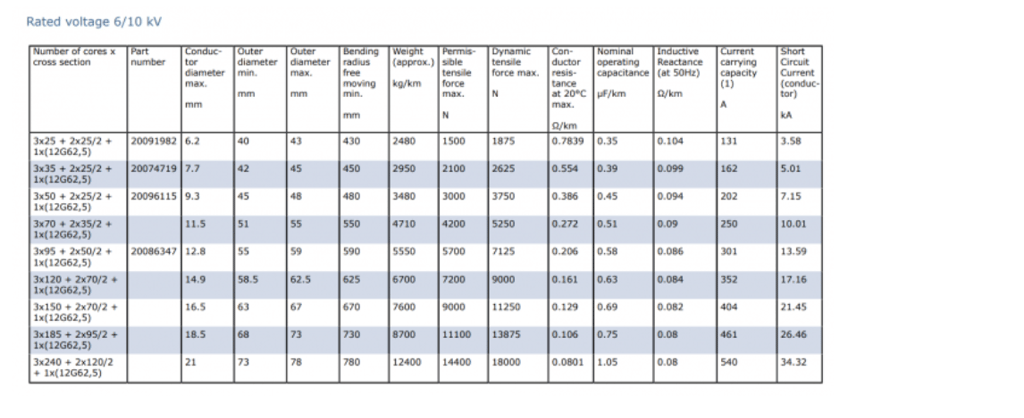

Applications in Australian Port Environments
The versatility of the fiber optic reeling cable for Australian port cranes extends across multiple crane types and operational scenarios common in major Australian terminals. Container cranes, including both ship-to-shore and yard cranes, benefit from the integrated power and data transmission capabilities that support automated container handling systems, load monitoring, and precise positioning control essential for efficient terminal operations.
Ship unloaders represent another critical application where the cable's robust construction and anti-torsion properties prove invaluable. These massive machines, common in bulk commodity ports like Newcastle and Port Hedland, subject cables to extreme mechanical stress during continuous operation, making the enhanced durability of the Tenax-TTS-LWL design particularly valuable.
RTG cranes operating in container yards across major ports benefit from the cable's flexibility and data transmission capabilities, enabling automated stacking operations that optimise yard utilisation whilst maintaining precise container positioning. The UV-resistant properties prove essential in Australia's intense solar environment where RTG cranes operate continuously under direct sunlight.
Adaptability to marine weather conditions ensures reliable performance across Australia's diverse coastal environments. From the tropical conditions of northern ports to the temperate maritime climate of southern terminals, the cable maintains consistent performance despite temperature variations, humidity changes, and the constant presence of salt-laden air that can degrade inferior cable designs.
Port-specific installation considerations vary across major Australian terminals. The Port of Melbourne's high-density container operations demand cables capable of supporting rapid cycle times and automated stacking systems. Fremantle's focus on vehicle imports and containerised cargo requires versatile solutions that can adapt to varying operational requirements. Brisbane's growing container volumes necessitate reliable cables that can support expansion whilst maintaining existing operational efficiency.
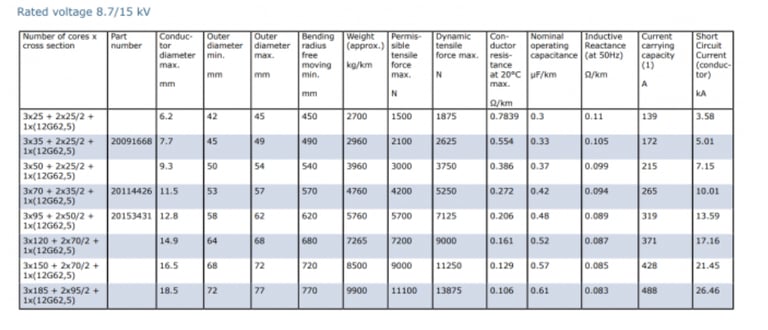

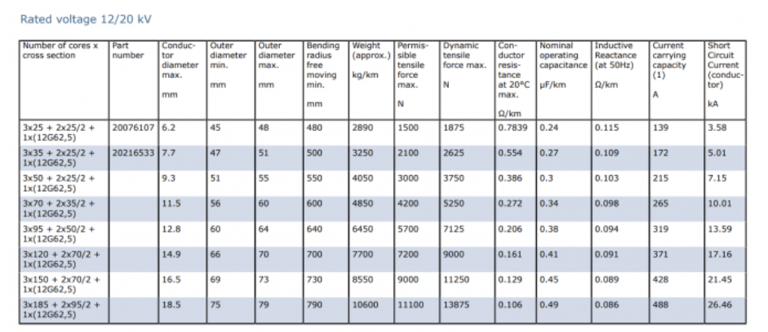

Comparison with Standard Reeling Cables
The Tenax-TTS-LWL design offers several distinct advantages over conventional reeling cables commonly used in port applications. Traditional crane cables typically require separate installation of data transmission lines, creating complexity in cable management and increasing the potential points of failure in critical crane control systems. The integrated approach of the Type (N)TSCGEWOEU cable eliminates this complexity whilst providing superior performance.
Standard reeling cables often lack the anti-torsion properties essential for protecting delicate communication lines during aggressive reeling operations. The specialised polyester braid construction of the Tenax-TTS-LWL provides mechanical protection that conventional cables cannot match, ensuring consistent signal transmission even under demanding operational conditions.
Additional durability characteristics stem from the advanced materials selection and construction techniques employed in the Tenax-TTS-LWL design. Whilst standard cables may require frequent replacement due to environmental degradation or mechanical wear, the enhanced construction of this mobile equipment cable for marine environments provides extended service life that reduces long-term operational costs.
The data transmission capabilities integrated into the cable design eliminate the need for separate communication infrastructure, reducing installation complexity and ongoing maintenance requirements. This consolidation proves particularly valuable in retrofit applications where space constraints and operational requirements limit the feasibility of installing additional cable systems.
Lower maintenance costs in long-term operation result from the cable's robust construction and integrated design approach. Port operators can reduce the frequency of cable inspections, replacements, and emergency repairs, translating directly to improved operational efficiency and reduced maintenance expenditure over the cable's service life.


Installation and Maintenance Guidelines
Proper installation of the UV-resistant fiber optic cable requires careful attention to recommended bend radius specifications to prevent damage to internal fibre optic cores. The minimum bend radius varies with cable diameter and construction, but typically ranges from 10 to 15 times the cable diameter during installation and 7 to 10 times during operation. These parameters ensure the delicate glass fibres remain within safe stress limits whilst maintaining signal transmission quality.
Reeling speed recommendations depend on cable diameter, reel configuration, and operational requirements. Generally, maximum reeling speeds should not exceed manufacturer specifications to prevent excessive mechanical stress on the anti-torsion braid and internal components. Australian port operators should consider local environmental factors such as temperature extremes and UV exposure when determining appropriate operational parameters.
Handling fiber-optic sections safely requires specialised techniques and equipment to prevent damage during installation and maintenance procedures. Technicians should receive appropriate training in fibre optic handling procedures, including proper termination techniques, testing protocols, and protective measures to prevent contamination or physical damage to optical cores.
Periodic inspection strategies in port settings should focus on visual examination of the outer sheath for signs of wear, cuts, or UV degradation, particularly in areas subject to direct sunlight exposure. Electrical testing of power conductors and optical testing of fibre cores should be conducted according to manufacturer recommendations to identify potential issues before they affect crane operations.
Regular monitoring of cable performance during operation can identify developing problems before they result in operational failures. Port maintenance teams should establish routine inspection schedules that account for local environmental conditions and operational intensity to ensure optimal cable performance throughout its service life.
Frequently Asked Questions
What is the maximum reeling speed this cable can handle?
The maximum reeling speed varies with cable diameter and specific construction details, but typically ranges from 0.5 to 2.0 metres per second for continuous operation. Higher speeds may be permissible for intermittent use, but should be confirmed with the manufacturer based on specific application requirements and environmental conditions prevalent in Australian port environments.
Is the fiber optic core suitable for real-time crane data systems?
Yes, the integrated fibre optic cores are specifically designed to support high-speed data transmission required for real-time crane control systems, including position feedback, load monitoring, automated collision avoidance, and integration with terminal operating systems commonly used in Australian ports.
Can this cable be used in retrofit projects in Australian ports?
The cable's flexible design and compatibility with standard reel configurations make it well-suited for retrofit applications in existing crane installations. However, specific compatibility should be verified with existing reel dimensions, electrical requirements, and control system interfaces before proceeding with retrofit projects.
Does it support simultaneous power and data transmission?
The Type (N)TSCGEWOEU design specifically integrates power conductors and fibre optic cores within a single cable assembly, enabling simultaneous power delivery and high-speed data transmission. This eliminates the need for separate power and communication cables whilst maintaining excellent performance in both functions.
What reel diameters are compatible with this cable type?
Reel diameter compatibility depends on cable diameter and minimum bend radius requirements. Generally, reel diameters should be at least 20 times the cable diameter to ensure safe operation and extended service life. Specific compatibility should be verified based on the exact cable configuration and operational requirements of individual crane installations.
The Type (N)TSCGEWOEU Tenax-TTS-LWL represents a significant advancement in crane cable technology, offering Australian port operators a comprehensive solution that addresses the demanding requirements of modern automated terminal operations whilst providing the reliability and durability essential for harsh marine environments.
How to Reach Us
Get in Touch
SiteMap
Product Catalogue
Reeling Cable
Festoon Cable
Shore Power Cable




Scan to add us on WeChat
